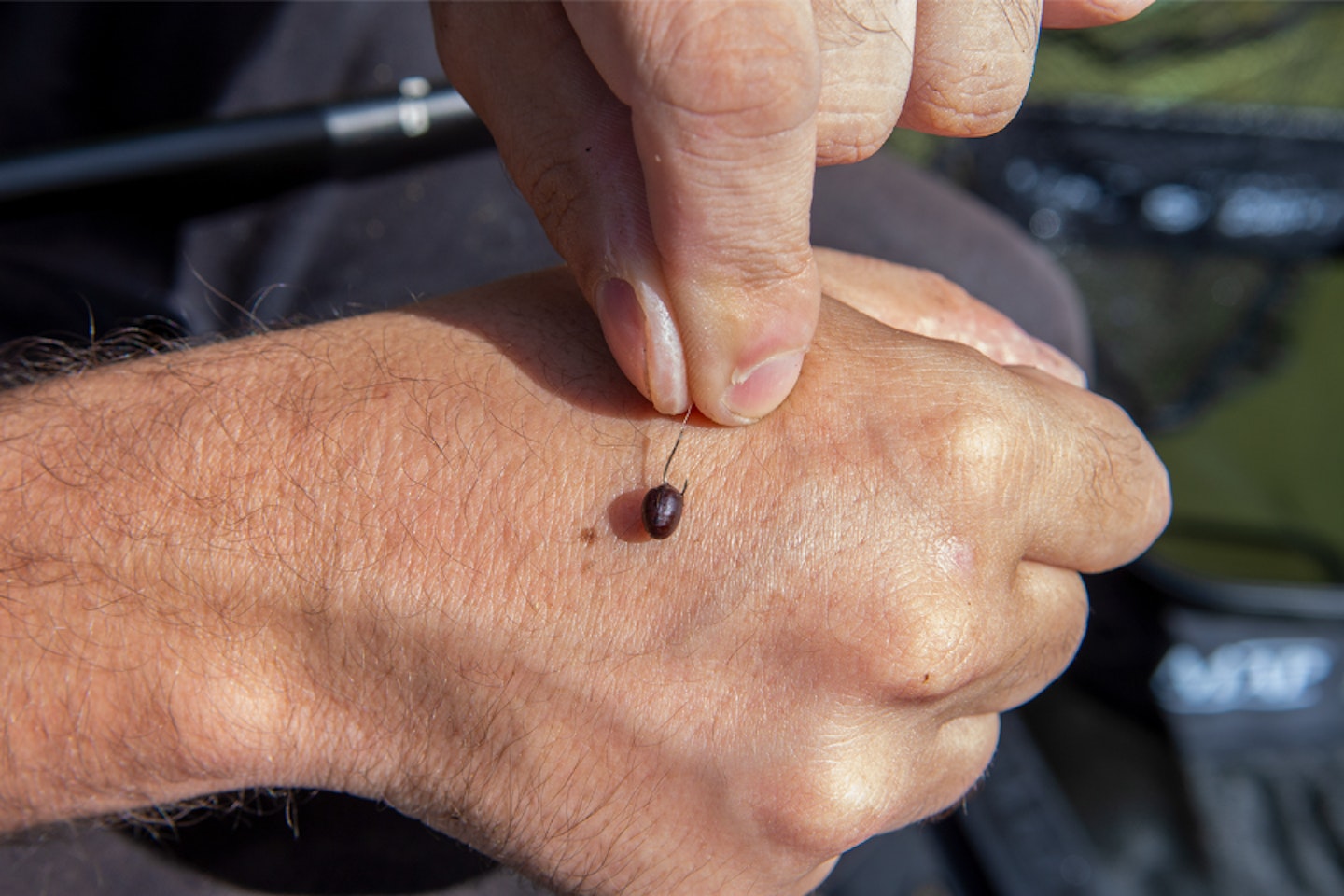Back when rivers, canals and natural lakes dominated the angling scene, certain bait combinations tended to work better than anything else.
Worms, casters and maggots over groundbait would often be enough to unlock a swim, and these traditional ‘live’ baits have fully transitioned to commercial fisheries.
However, other offerings in the bait armoury of yesteryear fell out of favour, for no apparent good reason, and the deadly pairing of hemp and tares was one of these.
Superb for targeting roach, in particular, these baits hardly ever get a look-in now, which is a serious oversight on many modern commercial fisheries.
FIND COMMERCIALS FULL OF SILVERFISH IN OUR WHERE TO FISH GUIDE.
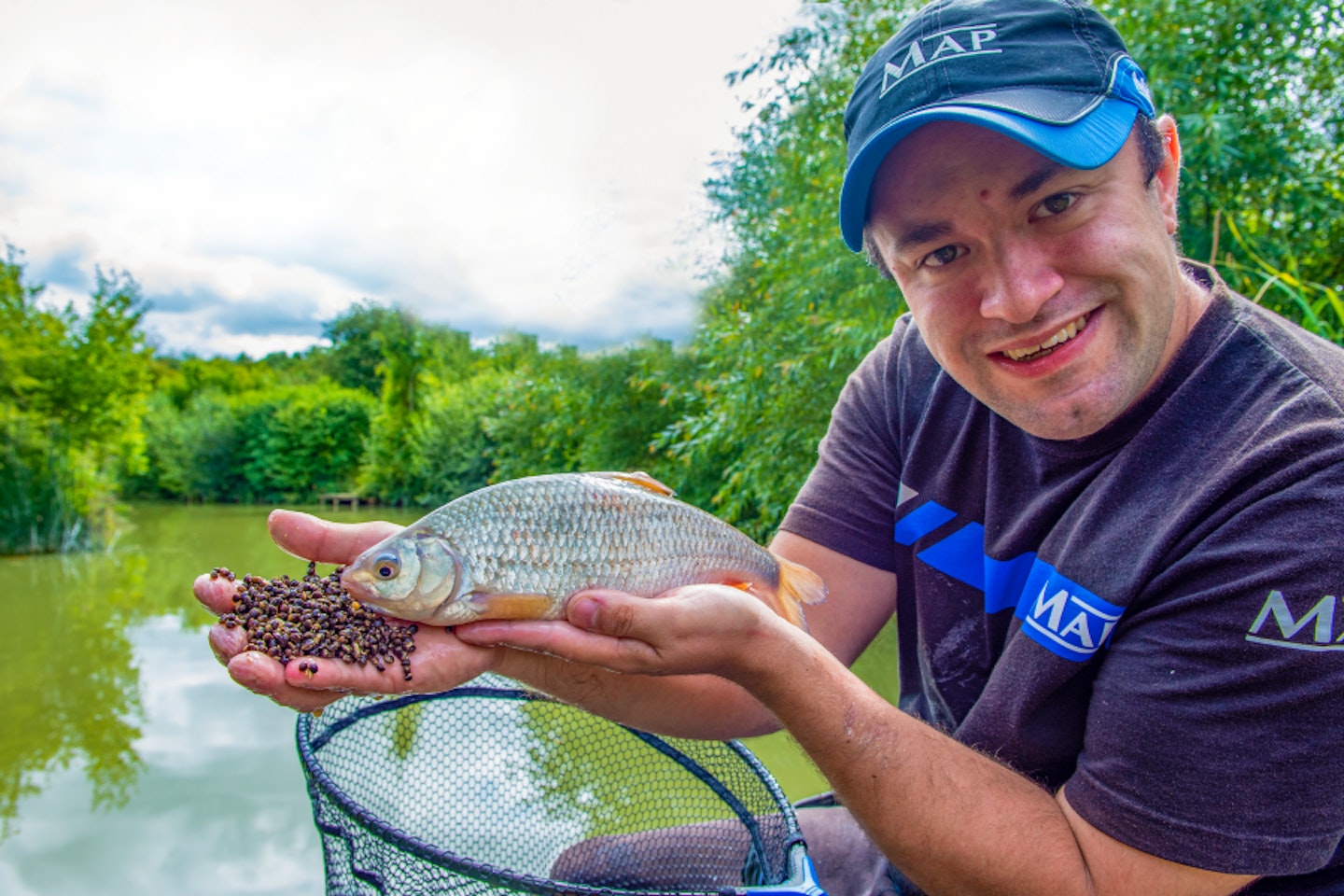
Catch at close quarters
When fishing with hemp and tares you need to remain active, as the trickle of loose feed falling through the water proves a major stimulant to the fish. The seeds make a distinctive noise when breaking the surface, helping to draw fish in from outside your immediate swim.
With all this in mind, you need to fish in an area that can be loose-fed with ease, regardless of whether it is flat calm or breezy.
Plumb up and find the base of the marginal shelf and then go just beyond it so that you are slightly away from the natural patrol route of species like carp.
Today, that is 6m out, but at some venues it could be 5m, and up to 8m at others. Regularly flick bait over this spot by hand, and if the wind picks up, use the catapult to maintain the necessary accuracy.
THE BEST FISHING POLES SUB £1000 ARE VERY CAPABLE FISHING SHORT.
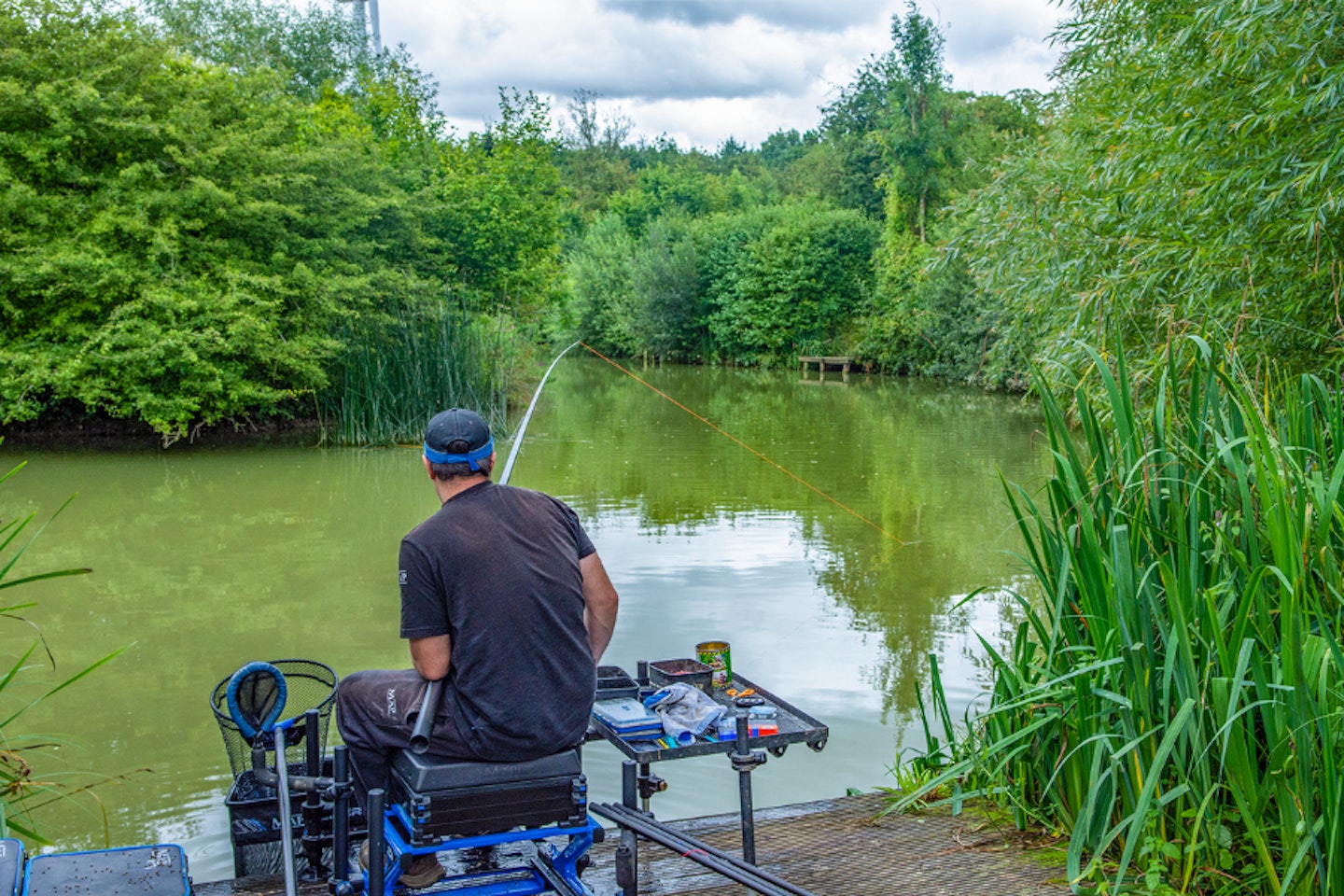
Search the layers
Roach rarely stay at one depth all day, and you can quickly go from catching a fish every drop-in to struggling for an indication of any sort.
Always set up a few different rigs. One covers fishing on the deck, and the other two are for catching shallow.
It’s wise to kick off on the deck with a 0.2g float that’s shotted with No.10 shot spread 3 inches apart. A ‘traditional’ shallow rig incorporates a 4×10 dibber. This is in-line, and this style of float offers a more direct connection on the strike, as hitting roach bites can be difficult at times. This is fished 1 to 3ft deep.
The other shallow rig is a Jigga float. It is widely used by F1 anglers, and when roach are spread throughout the water column and not concentrated at one depth, it is unbeatable.
Set it on a 2ft 6in length of 0.13 mm line, with a bulk of No.8s just above the hooklength.
LEARN HOW TO MAKE A POLE RIG WITH THIS EXPERT GUIDE.
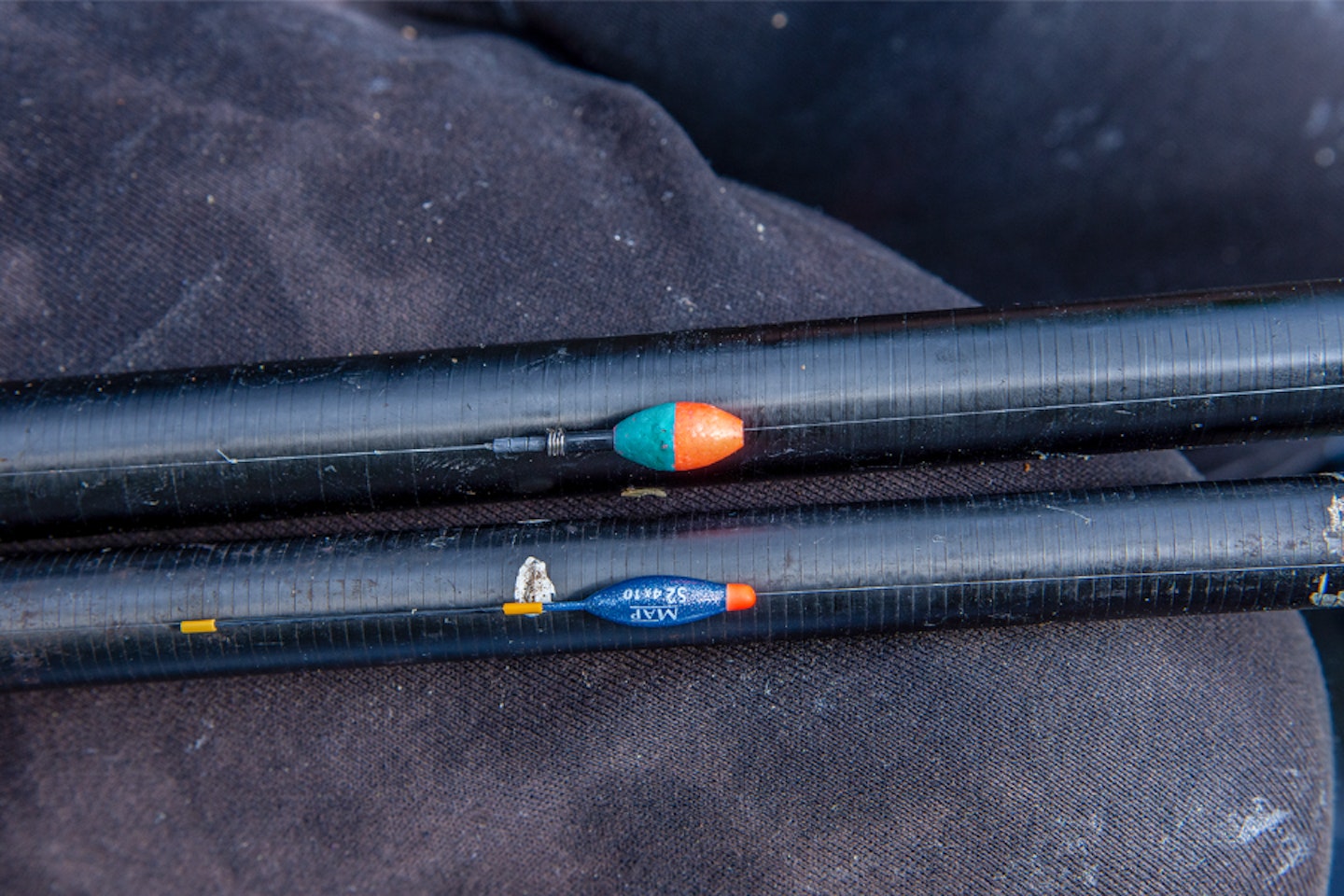
Land everything you hook
Choose elastics for bottom and shallow work to match the job. While the focus is on roach, you’re likely to catch other species too, so the rig for the bottom uses a grade 6 to 8 hybrid elastic.
This is nice and soft for smaller fish, but with a puller kit you can land bonus fish such as barbel and carp without too many problems.
Elastic for shallow rigs matters most, particularly on the Jigga: a soft elastic is vital. If the elastic is too strong, you’ll feel little ‘donks’ on the tip as fish spit out the hookbait. A grade 4 to 6 is perfect.
HERE ARE OUR PICKS OF THE BEST FISHING ELASTICS.

Feel your way in
This isn’t a style of fishing where you must put down a big bed of bait at the start. The most successful anglers gradually build a swim as the day progresses.
Around 20 to 30 grains every couple of minutes is a good starting point, and it is then a matter of gauging the response.
More often than not it is a case of increasing the quantity with each feed. Make this move if the stamp of fish is smaller than expected, or if you feel there are a lot in front of you, and you need to give them a reason to compete and stay in the swim.
It’s a cheap day’s fishing too. All you need is a few pints of hemp and some prepared tares for the hook.
FEED ACCURATELY WITH THE BEST FISHING CATAPULTS.
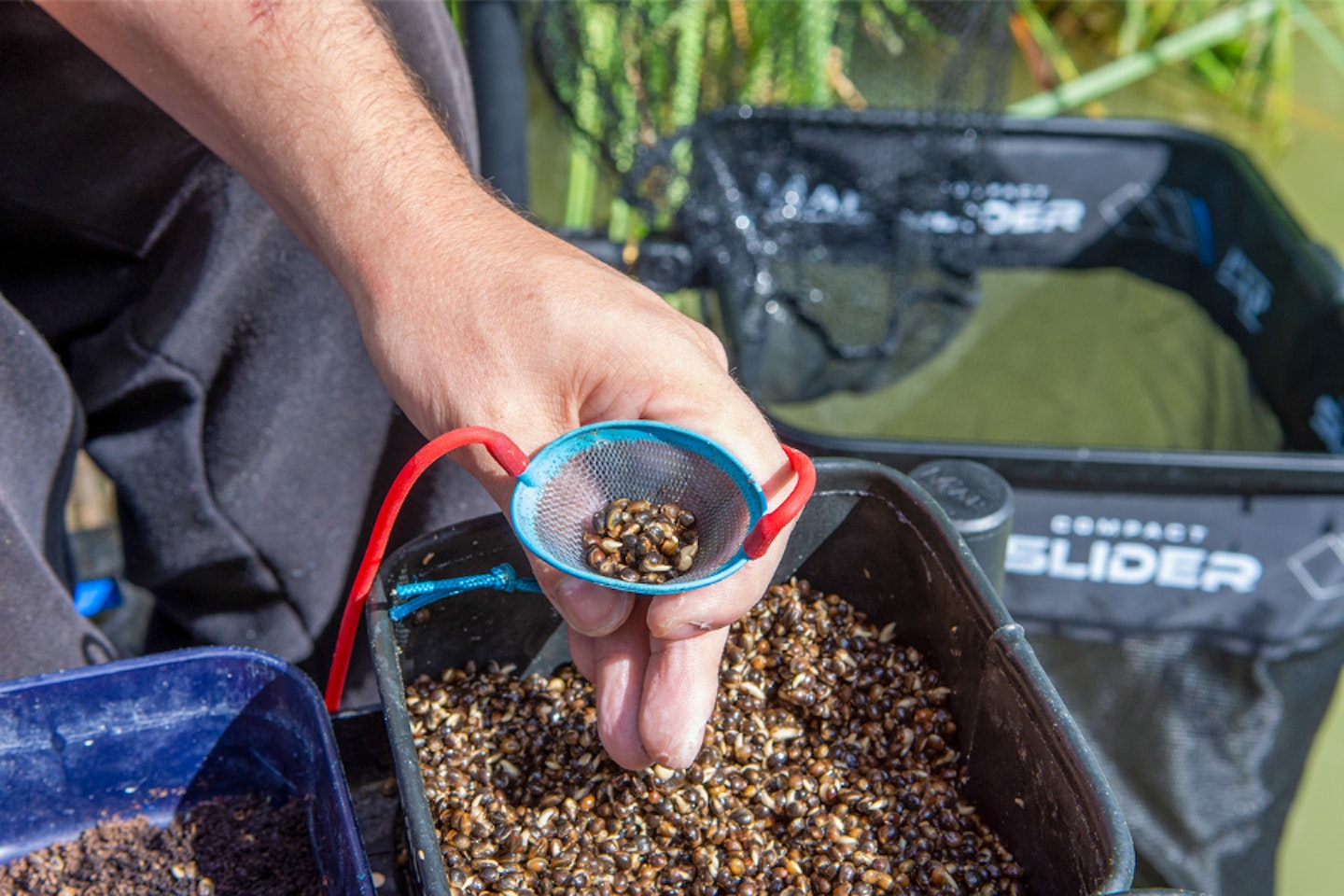
Switch between hookbaits
Tares are the obvious choice of hookbait, simply because they are slightly bigger than hemp and will stand out as they fall through the water amid the loose feed.
If fish wise up to larger tares and bites slow, switch to a grain of hemp on the hook to keep bites coming. Fish find it hard to pick out the hookbait.
Take a little time to pick out a handful of bigger grains that have a clear split and, when you come to use one, clamp the bend of the hook between the two shells and leave the point on show.
TAKE A LOOK AT OUR PICK OF THE BEST FLOAT RODS FOR SILVERFISH.
